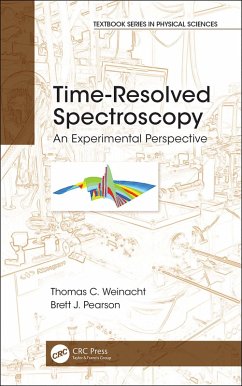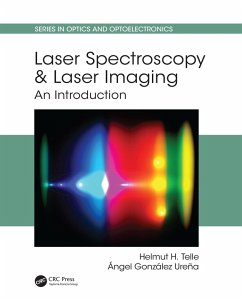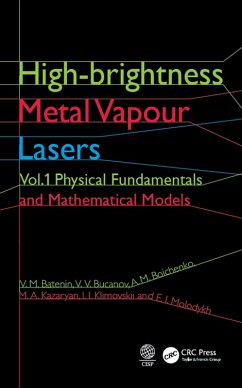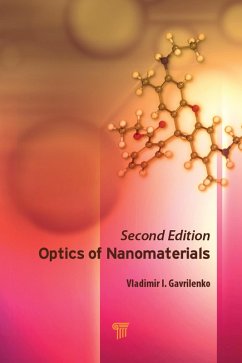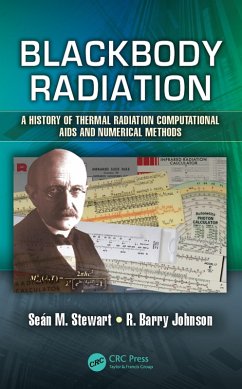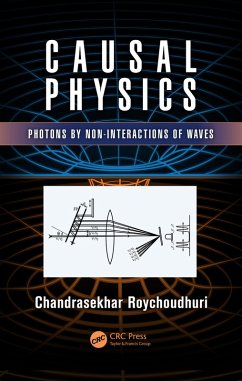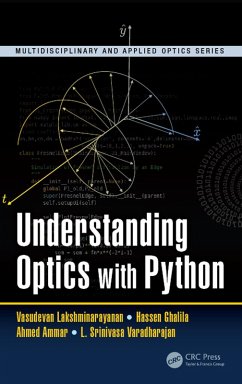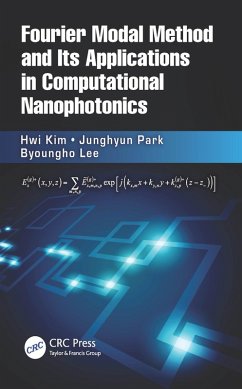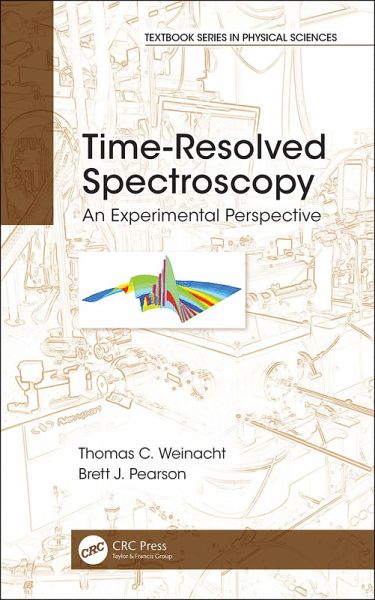
Time-Resolved Spectroscopy (eBook, ePUB)
An Experimental Perspective
Versandkostenfrei!
Sofort per Download lieferbar
46,95 €
inkl. MwSt.
Weitere Ausgaben:

PAYBACK Punkte
23 °P sammeln!
This concise and carefully developed text offers a reader friendly guide to the basics of time-resolved spectroscopy with an emphasis on experimental implementation. The authors carefully explain and relate for the reader how measurements are connected to the core physical principles. They use the time-dependent wave packet as a building block for understanding quantum dynamics, progressively advancing to more complex topics. The topics are discussed in paired sections, one discussing the theory and the next presenting the related experimental methods.A wide range of readers including students...
This concise and carefully developed text offers a reader friendly guide to the basics of time-resolved spectroscopy with an emphasis on experimental implementation. The authors carefully explain and relate for the reader how measurements are connected to the core physical principles. They use the time-dependent wave packet as a building block for understanding quantum dynamics, progressively advancing to more complex topics. The topics are discussed in paired sections, one discussing the theory and the next presenting the related experimental methods.
A wide range of readers including students and newcomers to the field will gain a clear and practical understanding of how to measure aspects of molecular dynamics such as wave packet motion, intramolecular vibrational relaxation, and electron-electron coupling, and how to describe such measurements mathematically.
A wide range of readers including students and newcomers to the field will gain a clear and practical understanding of how to measure aspects of molecular dynamics such as wave packet motion, intramolecular vibrational relaxation, and electron-electron coupling, and how to describe such measurements mathematically.
Dieser Download kann aus rechtlichen Gründen nur mit Rechnungsadresse in A, B, BG, CY, CZ, D, DK, EW, E, FIN, F, GR, HR, H, IRL, I, LT, L, LR, M, NL, PL, P, R, S, SLO, SK ausgeliefert werden.




